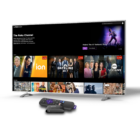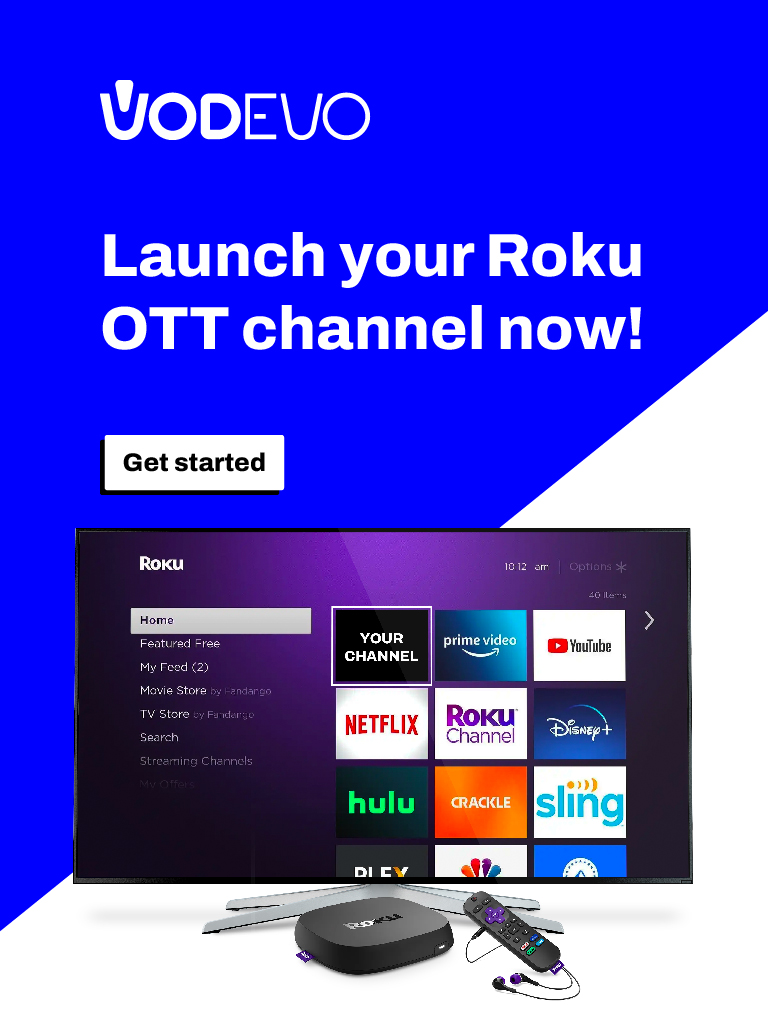Live streaming can be tailored to suit your brand’s needs and goals. Here are some popular use cases to inspire your strategy:
- Virtual Events: Engage audiences through online conferences, expos, and networking sessions.
- Online Education: Deliver remote lectures, training programs, and instructional content.
- Sports Broadcasting: Share live sports events and game highlights.
- Concert Streaming: Bring live performances to global audiences.
- Product Demonstrations: Showcase products in real time to drive sales and customer engagement.
- Video Game Streaming: Build community engagement with live gameplay broadcasts.
- Marketing Campaigns: Strengthen brand visibility through real-time content and promotions.
- Religious Services: Stream church services for remote congregation participation.
- Government Meetings: Ensure public access to local government events and discussions.
Essential Technical Setup for Live Streaming

Key Streaming Protocols for Live Broadcasting
Streaming protocols play a vital role in delivering video content during live broadcasts. Although these technical components operate behind the scenes and don’t usually require direct management from broadcasters, having a basic understanding of them can be helpful. Below are some of the most widely used video streaming protocols:
1. HLS (HTTP Live Streaming)
Developed by Apple, HLS enables media delivery to HTML5 video players and supports mobile streaming. Known for its robust security and compatibility, HLS is primarily used for content delivery but can assist with ingestion in certain cases.
- Note: RTMP encoders are typically used for ingestion due to their availability and ability to convert easily to HLS.
2. RTMP (Real-Time Messaging Protocol)
Once the standard protocol for live stream delivery via Flash players, RTMP is now primarily used for ingesting content from encoders.
- Common Usage: It often pairs with HLS delivery to achieve low latency and enhance stream reliability and security.
3. RTSP (Real-Time Streaming Protocol)
This streaming protocol is designed similarly to RTMP and is used to transmit user commands, such as “play,” “pause,” and “record,” between the viewer and video player. RTSP servers act as intermediaries between the live stream source and the viewer.
4. SRT (Secure Reliable Transport)
This open-source protocol ensures secure live streaming over public networks, contributing to low latency and fast data transfer.
- Advantages: Easy implementation and strong security make SRT appealing, although it remains less popular than HLS and RTMP due to limited compatibility with existing broadcasting tools.
5. WebRTC (Web Real-Time Communication)
Introduced by Google in 2011, WebRTC is an open-source protocol enabling peer-to-peer audio and video communication without additional apps or plug-ins.
- Key Use Cases: WebRTC supports real-time communication for web conferencing platforms like Zoom and video chat services.
- Browser Compatibility: It is supported by all major web browsers, making global communication seamless.
By understanding these protocols, broadcasters can better appreciate the technology behind seamless live streaming and select the best solutions to meet their streaming needs.








